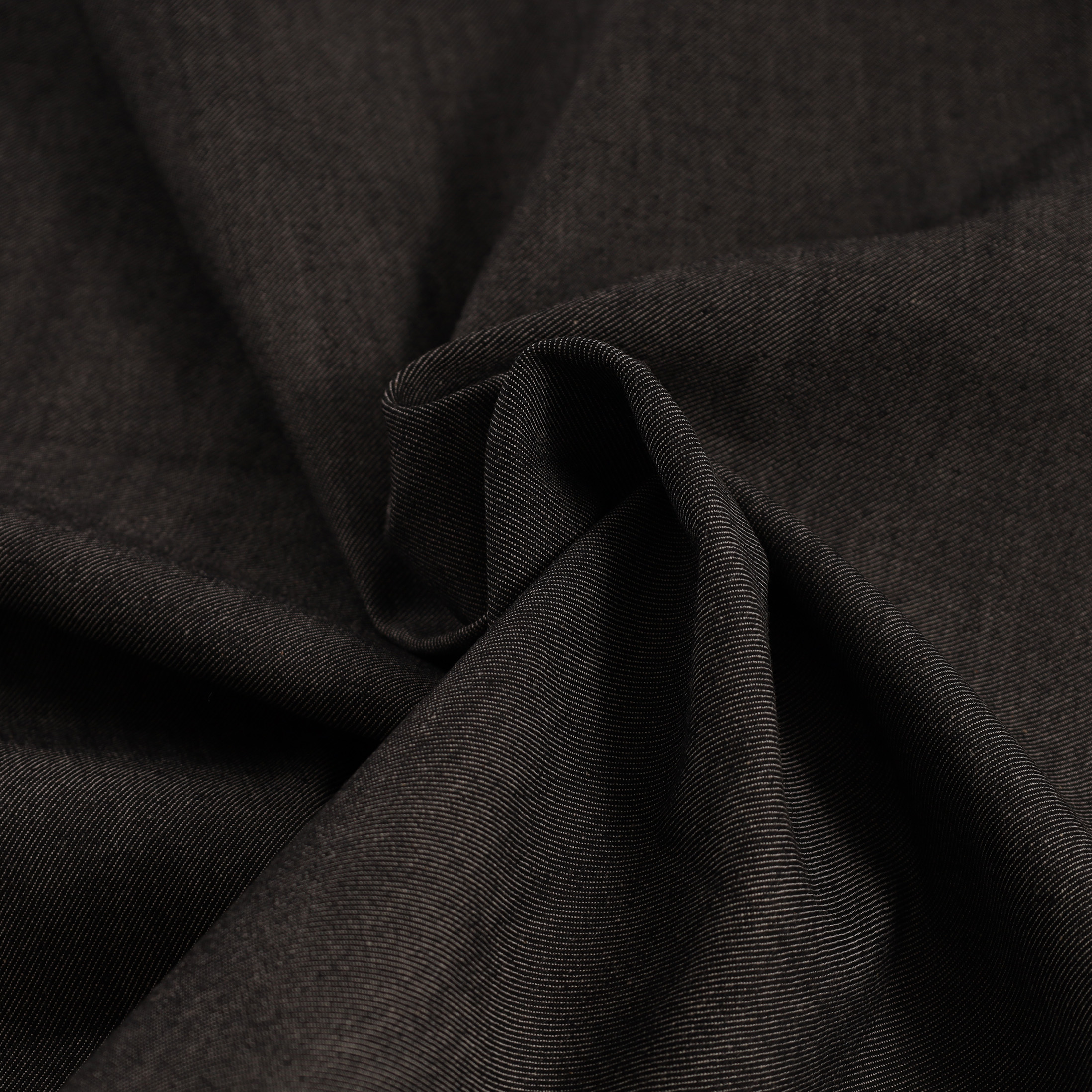The Art of Denim Dyeing: From Yarn to Fabric

Estimated reading time: ~5 minutes
Introduction to Denim Fabric
Denim is more than just a sturdy fabric—it’s a cultural icon known for its signature blue hue and rugged texture. But have you ever wondered, what is denim fabric and how it gets that distinctive look? The secret lies in the dyeing process, a fascinating journey that transforms raw yarn into the denim fabric we know and love. In this post, we’ll dive into how denim is dyed, explore the techniques behind its creation, and answer some of the most searched questions about this timeless material.
What is Denim Fabric Made Of?
Denim is typically made from cotton, though modern variations may include blends like stretch denim fabric with elastane. Its unique appearance comes from the way it’s woven and dyed. Unlike most fabrics where all threads are dyed uniformly, denim features dyed warp yarns (the vertical threads) and undyed or bleached weft yarns (the horizontal threads). This creates the classic blue front and white back that defines denim.

Selvage Denim Detail
How is Denim Fabric Dyed?
The dyeing process is where denim truly comes to life. Here’s a breakdown of how it works:
-
The Role of Indigo Dye
The most common dyestuff for denim is indigo, a natural or synthetic dye that gives denim its iconic blue shade. Historically extracted from plants, indigo is now often produced synthetically for consistency and scale. -
Dyeing the Yarn
Dyeing involves soaking the yarn in a liquid containing indigo. For denim, only the warp yarns are dyed. These yarns are bundled into ropes or spread out as sheets and passed through multiple dyebaths. This process ensures the dye penetrates deeply, while the weft yarns remain undyed, preserving denim’s two-tone effect. -
Industrial Dyeing Techniques
- Rope Dyeing: Yarns are twisted into ropes and dipped into indigo baths multiple times, creating a rich, even color. This method is prized for producing high-quality selvedge denim fabric.
- Slasher Dyeing: Yarns are spread flat and run through dyebaths in a continuous process, ideal for mass production of denim fabric by the yard.
Both methods are part of what’s called “continuous dyeing ranges,” a mechanized evolution of traditional hand-dyeing techniques.

Slasher Dyeing and Rope Dyeing
Why is Denim Blue on the Front and White on the Back?
The answer lies in the selective dyeing process. By dyeing only the warp yarns and leaving the weft yarns natural or bleached, denim achieves its characteristic contrast. When you look at a pair of jeans, the blue exterior reflects the dyed warp, while the white interior reveals the undyed weft—a hallmark of authentic denim fabric.
From Dyeing to Your Wardrobe
Once dyed, the yarns are woven into denim fabric, often sold as denim fabric by the yard for crafting jeans, jackets, or even upholstery. The dyeing process doesn’t just affect color—it influences texture and durability, making denim a versatile choice for everything from casual wear to home décor.

Denim warehouse
Fun Fact: The Evolution of Dyeing
While today’s denim is dyed using advanced machinery, traditional methods relied on hand-dyeing with natural indigo. This labor-intensive process connected artisans to the fabric’s roots, a legacy that lives on in premium denim lines like Japanese selvedge denim fabric.
Conclusion
The art of dyeing denim is a blend of tradition and technology, turning simple cotton yarn into a fabric that’s both functional and fashionable. Whether you’re curious about how is denim fabric made or looking to buy denim fabric by the yard for your next project, understanding this process deepens your appreciation for this everyday material.
Customization Services by LYDENIM
🎨 Want custom denim fabrics or unique custom denim garment? LYDENIM specializes in tailor-made solutions to meet your design and production needs.
🛍️ Explore & Get Inspired: Browse our fabric selections and discover design ideas on LYDenim.
🌐 Elastic Clothing: Check out our offerings on MyAlibaba. 📩 Contact Us: Reach out at malone@lydenim.com.
Create your denim masterpiece with LYDENIM—your trusted partner for stretch fabric and custom denim solutions.
